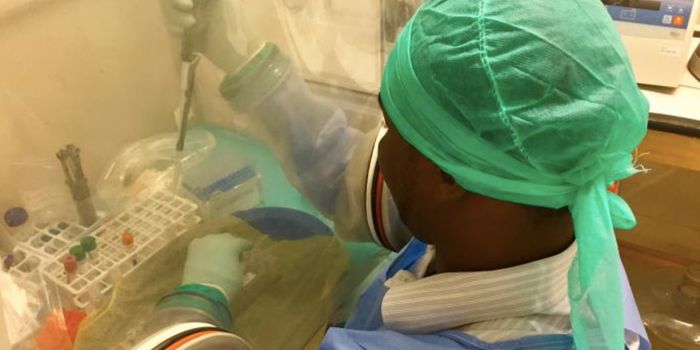Activity & Healthy Diet Reverse Signs of Aging in Obese Kids
A telomere is a kind of protective cap that sits on the ends of chromosomes, and prevents them from degrading. Telomeres are also known to get shorter as cells continue to divide, and they eventually reach a point when they cannot shorten further. Short telomeres have long been associated with aging and some health conditions such as obesity. A new study has shown that obese children who underwent a diet and exercise program for six months ended the study with longer telomeres compared to when they began the effort. The findings have been reported in Pediatric Obesity.
This research may be the first to connect eating and activity habits with improvements in telomere length. The work may help us understand how exercise or a nutritious diet end up translating into health benefits. The research suggested that telomere length may also be a useful biomarker for positive changes in health, and this measure may be independent of other markers like body mass index (BMI). Some research has called the usefulness of BMI into question, and suggested that it may not be a good measure of health status. This research may show that there is another way to make that kind of measurement.
Lowering screen time and reducing the consumption of foods that are high in sugars or fats are known to also reduce the biological aging that is linked to childhood obesity. "It's remarkable to see effects on the chromosomes with behavioral treatments," noted senior study author, Thomas Robinson, MD, a professor at Stanford University.
It's been generally assumed that obesity os bad for kids, but we don't know how cardiovascular risks begin to arise in children, said first study author David Rehkopf, ScD, an associate professor at Stanford. "To have this biological measure with a strong genetic component turn out to be changeable when we give kids resources to be healthier, especially over a short period of time, was very interesting and exciting."
In this study, there were 158 participants between the ages of 8 and 12 years old and who were classified as obese based on their BMI, which was over the 95th percentile for their age and sex. Of the volunteers, 55 percent were female, 52 percent were Hispanic, and 57 percent were severely obese. These individuals participated in the study with a parent and met in groups to learn more about rating the health level of foods.
In this so-called "traffic light" food-rating method, the healthiest foods are given a green light, while the intake of less healthy foods are cautioned with yellow, and the least healthy foods fall in the red category and are meant to be rejected. Advice about increasing physical activity was also given to children and their parents. With a blood sample, the researchers were able to use white bloods to measure telomere length, along with BMI, waist circumference, and body fat level.
The participants lost weight during the six-month study, and there were decreases in waist circumference, body fat level, and a reduction in mean BMI of about one unit. The average telomere length was also increased during this time.
The researchers checked in with the participants six months after the study had ended. Some had gained weight back, and there was a corresponding reversal in telomere length - they got shorter again. The study authors noted that this seems to confirm their conclusions that telomere length is linked to patterns in diet and physical activity.
"Telomere length seems to be a unique measure that is not just reflecting other changes we saw, which is why it may be a useful biomarker," Robinson said.
"I think that getting to why obesity matters in a molecular way will help us focus on what matters for health, and what resources people need to be healthier," Rehkopf said.
Sources: Stanford University, Pediatric Obesity









